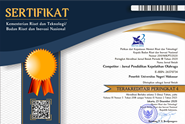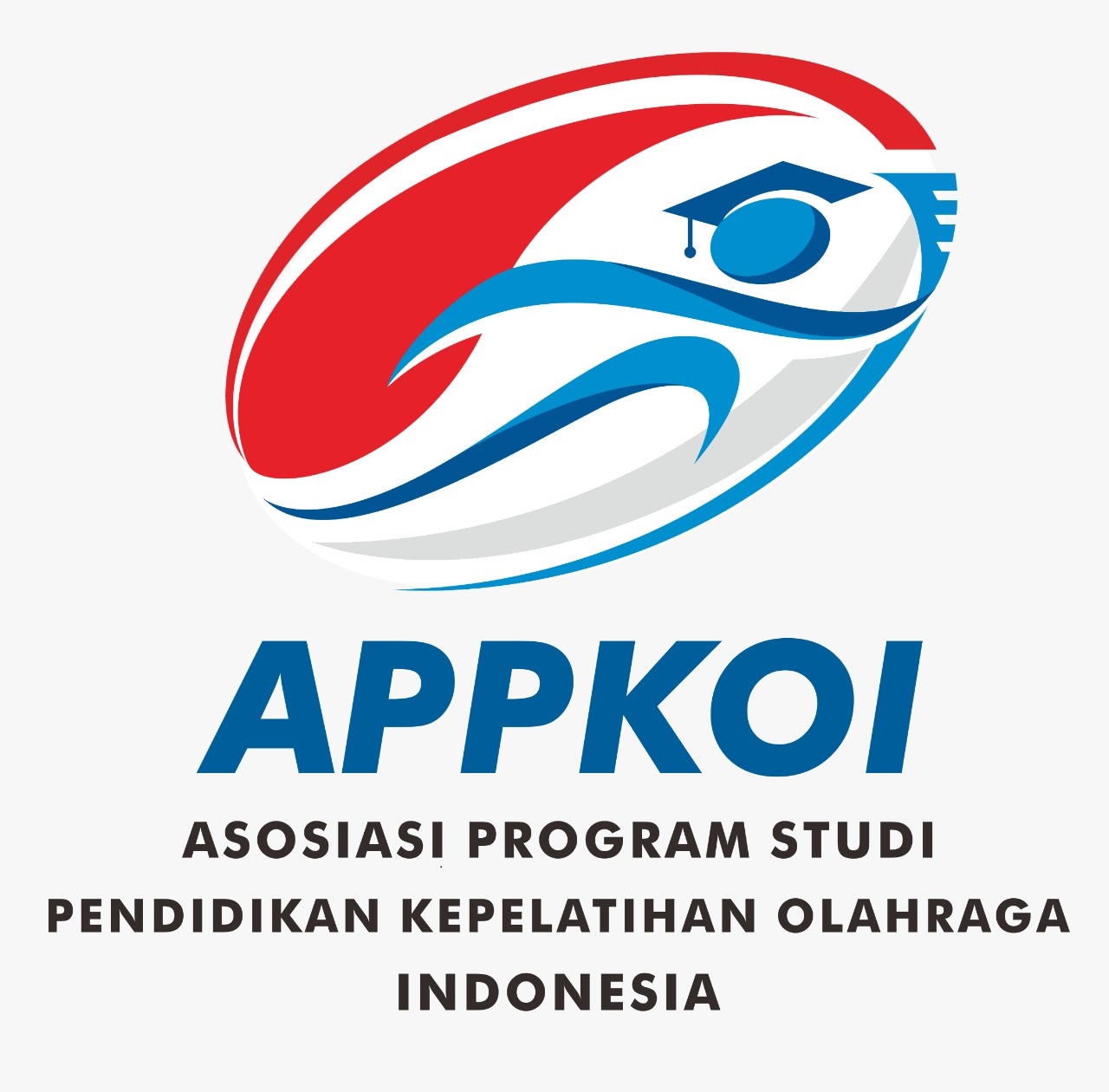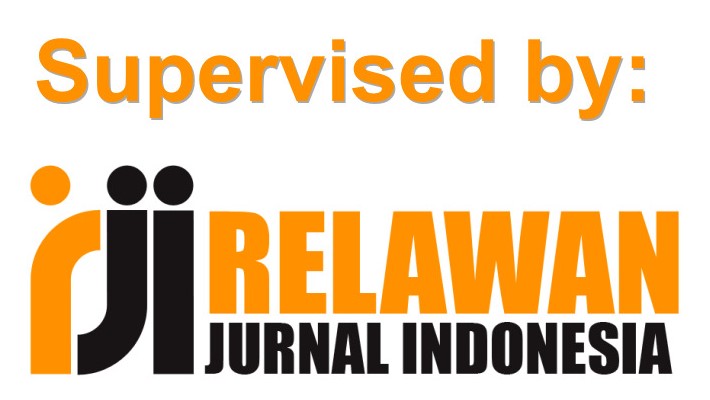Analysis Of The Need For Start Assistants For Deaf Swimmers
(1) Universitas Negeri Jakarta
(2) Universitas Negeri Jakarta
(3) Universitas Negeri Jakarta
(4) Universitas IAIN Tulugangung
(*) Corresponding Author
DOI: https://doi.org/10.26858/cjpko.v15i2.44023
Abstract
Persons with disabilities were people who had long-term physical, mental, intellectual or sensory limitations. People with disabilities were divided into several types, namely physical disabilities, sensory disabilities, mental disabilities, and intellectual disabilities. Deaf people are included in sensory disabilities who have limited senses. So people with disabilities need special assistance, especially in starting swimming. The purpose of this study was to determine whether deaf swimmers need a swimming start aid. The research method used was a descriptive method with a survey technique. The time of study was carried out in 2022 starting from April to July. The location for data collection was carried out at the Senen Jakarta swimming pool. The population and samples used were athletes with hearing impairment in DKI Jakarta, totalling 20 people using total sampling. The research instrument used was a questionnaire to analyze the need for start aids for deaf swimmers by having three indicators as a decision maker on whether or not to use start aids for deaf swimmers. The data analysis technique used was the descriptive analysis technique. The results showed that deaf swimmers needed a start aid. Further research is expected to be able to make starting aids that can be used by deaf swimmers to achieve optimal performance.
Keywords
Full Text:
PDFReferences
Abu Altaieb, M. H., Mousa Ay, K., Al Dababseh, M. F., Bataineh, M. F., Al-Nawaiseh, A. M., & Taifour, A. (2017). The impact of an educational course for swimming on free style swimming performance and life skills for deaf students. Journal of Human Sport and Exercise, 12(4), 1265–1277.
Dummer, G. M., & Watkinds, D. H. (2003). Moving to the Next Level: Swimming Instruction for Persons with Disabilities. Test.Usaswimming.Org, 1–8.
Dwi Nata, A., Oktri Yeni, H., Surahman, F., & Rusdi. (2020). The Influence of Exercise Model Using Video Media on Swimming Grabstart Skills for Deaf Children. Jipes - Journal of Indonesian Physical Education and Sport, 5(1), 18–25.
Elvitigala, D. S., Wessolek, D., Achenbach, A. V., Singhabahu, C., & Nanayakkara, S. (2016). SwimSight: Supporting deaf users to participate in swimming games. Proceedings of the 28th Australian Computer-Human Interaction Conference, OzCHI 2016, 567–570.
Garrido Nuno, Daniel A. Marinho, Tiago M. Barbosa, Aldo M. Costa, Antonio, J. Silva, Jose A. Perez-Turpin, Mario, C. M. (2013). Relationships Between Dry Land Strength, Power Variables and Short Sprint Performance in Young Competitive Swimmers. Journal of Human Sport and Exercise, 5(2), 240–249.
Hartoto, D. M. R. dan S. (2018). Pengaruh Alat Bantu Swim Board Terhadap Hasil Belajar Renang Gaya Dada (Studi pada Siswa Kelas X SMAN 4 Sidoarjo). Jurnal Pendidikan Olahraga Dan Kesehatan, 6(2), 221–224.
Ho-Ching, F. W. L., Mankoff, J., & Landay, J. A. (2003). Can you see what I hear? The design and evaluation of a peripheral sound display for the deaf. Conference on Human Factors in Computing Systems - Proceedings, (5), 161–168.
Kamalia, A. (2014). Pengaruh Modifikasi Pelatihan Teknik Renang Gaya Dada Pada Anggota Renang Lumba-Lumba Swimming Club Surabaya. Jurnal Kesehatan Olahraga, 2 (2), 106–113.
Ketabdar, H., & Polzehl, T. (2009). Tactile and visual alerts for deaf people by mobile phones. ASSETS’09 - Proceedings of the 11th International ACM SIGACCESS Conference on Computers and Accessibility, 253–254.
Maidarman. (2016). Kontribusi kekuatan otot tungkai, kelentukan pinggang, dan keseimbangan terhadap kemampuan start renang gaya kupu-Kupu pada mahasiswa. Jurnal Performa Olahraga, 1 (2), 147–156.
Matsuda, A., Nakamura, H., & Sugaya, M. (2014). Luminous device for the deaf and hard of hearing people. HAI 2014 - Proceedings of the 2nd International Conference on Human-Agent Interaction, 201–204.
Matthews, T., Fong, J., & Mankoff, J. (2005). Visualizing non-speech sounds for the deaf. ASSETS 2005 - The Seventh International ACM SIGACCESS Conference on Computers and Accessibility, 52–59.
Morais, J. E., Marinho, D. A., Arellano, R., & Barbosa, T. M. (2019). Start and turn performances of elite sprinters at the 2016 European Championships in swimming. Sports Biomechanics, 18(1), 100–114.
Nofiaturrahmah, F. (2018). Problematika Anak Tunarungu Dan Cara Mengatasinya. Quality, 6(1), 1.
Parnes, P & Hashemi, G. (2007). Sport as a Means to Foster Inclusion, Health and Well-Being of People with Disabilities, in Literature Reviews on Sport for Development and Peace at 21,.
Ragil Tri Wibowo, S. (2018). Pembinaan Olahraga Renang bagi Siswa Berprestasi dalam cabang Olahraga Renang di SLB, 4(November), 104–108.
Rumah Sakit EMC. (2019). Disabilitas Tidak Hanya Soal Fisik, Kenali Ragam Disabilitas Lain dan Penanganannya.
Yeo, K. P., Nanayakkara, S., & Ransiri, S. (2013). Stick Ear: Making Everyday Objects Respond to Sound, 221–226
Article Metrics
Abstract view : 54 times | PDF view : 9 timesRefbacks
- There are currently no refbacks.
Copyright (c) 2023 Ika Novitaria Marani

This work is licensed under a Creative Commons Attribution 4.0 International License.
COMPETITOR IS LICENSED BY :
 COMPETITOR is licensed under a Creative Commons Attribution 4.0 International License.
COMPETITOR is licensed under a Creative Commons Attribution 4.0 International License.
COMPETITOR EDITORIAL LOCATION :
![]() Kampus FIK Banta Bantaeng, Jalan Wijaya Kusuma Nomor 14, Rappocini, Makassar, Postal Code 90222
Kampus FIK Banta Bantaeng, Jalan Wijaya Kusuma Nomor 14, Rappocini, Makassar, Postal Code 90222
COMPETITOR IS INDEXED BY















